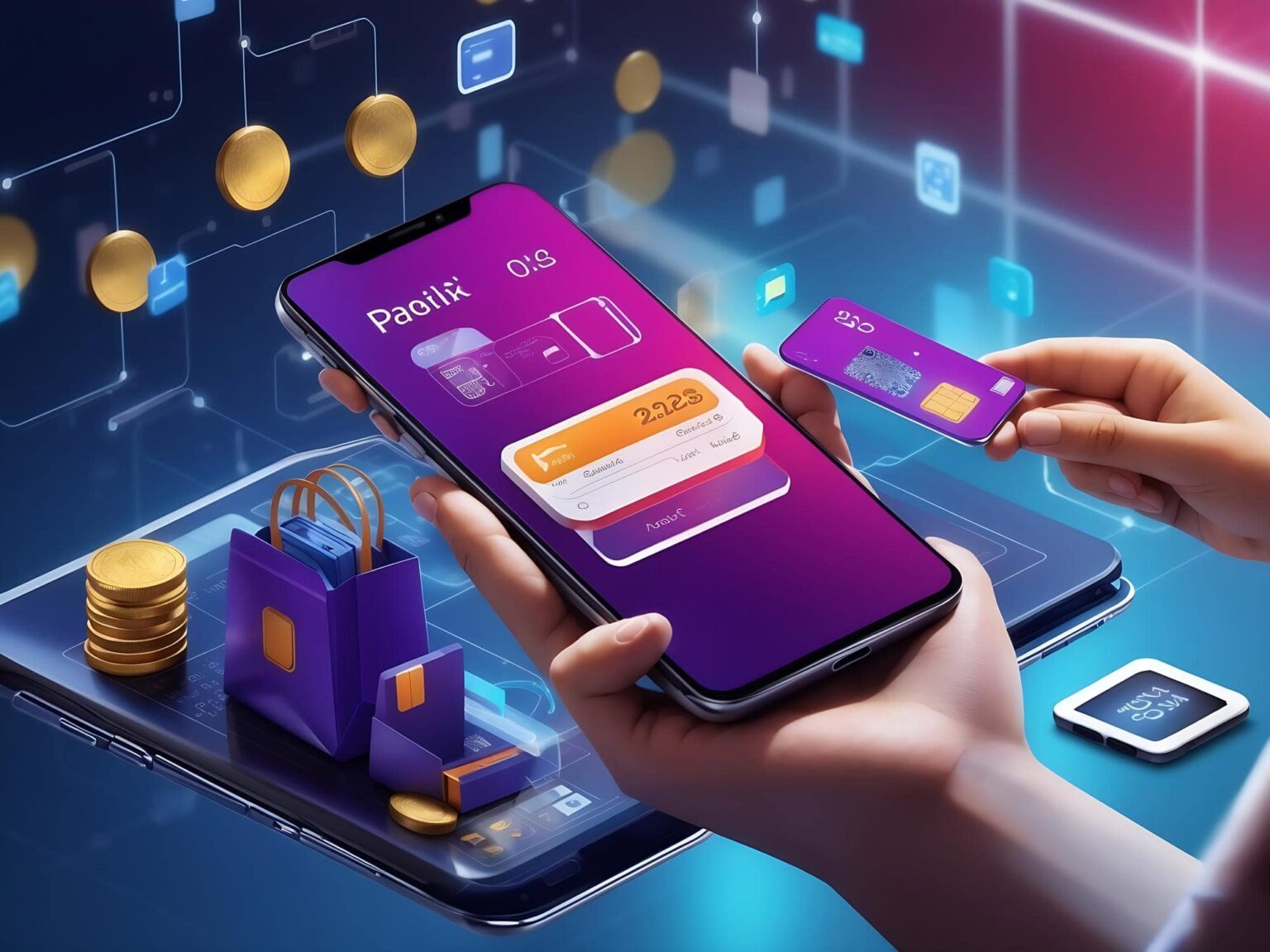Mobile payments have emerged as a transformative force in the financial services landscape, offering convenience, speed, and accessibility to consumers worldwide. As technology continues to evolve, mobile payments are poised to revolutionize the way people transact, interact with financial institutions, and manage their finances. This article explores the future of mobile payments, highlighting key trends, emerging technologies, and their implications for the Banking, Financial Services, and Insurance (BFSI) sector.
- Evolution of Mobile Payments:
- From Traditional Banking to Mobile-first: Mobile payments have evolved from traditional banking methods to mobile-first solutions, driven by advancements in smartphones, mobile apps, and digital wallets.
- Adoption and Growth: Mobile payment adoption has surged globally, fueled by increasing smartphone penetration, changing consumer preferences, and the proliferation of mobile payment platforms and services.
- Key Trends Shaping the Future of Mobile Payments:
- Contactless Payments: The shift towards contactless payments, enabled by Near Field Communication (NFC) technology and mobile wallets, offers convenience and safety, particularly in the wake of the COVID-19 pandemic.
- Biometric Authentication: Biometric authentication methods such as fingerprint scanning, facial recognition, and iris scanning enhance security and user experience in mobile payments, replacing traditional authentication methods like PINs and passwords.
- Peer-to-Peer (P2P) Payments: P2P payment apps and platforms facilitate seamless money transfers between individuals, friends, and family members, driving financial inclusion and social connectivity.
- Tokenization and Security: Tokenization technologies encrypt sensitive payment data, such as card numbers, reducing the risk of fraud and unauthorized access in mobile transactions.
- Integration with Wearable Devices: The integration of mobile payment capabilities with wearable devices such as smartwatches and fitness trackers expands the scope and convenience of mobile payments, catering to diverse consumer preferences.
- Open Banking and APIs: Open banking initiatives and Application Programming Interfaces (APIs) enable seamless integration between mobile payment apps and banking systems, facilitating interoperability and innovation in financial services.
- Emerging Technologies in Mobile Payments:
- Blockchain and Cryptocurrencies: Blockchain technology and cryptocurrencies such as Bitcoin and Ethereum offer decentralized, secure, and transparent payment solutions, challenging traditional payment systems and fostering innovation in mobile payments.
- Internet of Things (IoT): The Internet of Things (IoT) enables connected devices to make autonomous payments and transactions, creating new opportunities for frictionless and context-aware mobile payments.
- Artificial Intelligence and Machine Learning: AI and machine learning algorithms analyze user behavior, transaction patterns, and contextual data to personalize mobile payment experiences, detect fraud, and optimize payment processes.
- Augmented Reality (AR) and Virtual Reality (VR): AR and VR technologies enhance the immersive shopping experience, allowing users to visualize products and make payments seamlessly within virtual environments.
- Implications for the BFSI Sector:
- Digital Transformation: The future of mobile payments necessitates continued digital transformation in the BFSI sector, with banks and financial institutions embracing mobile-first strategies, investing in technology infrastructure, and enhancing digital capabilities to meet evolving consumer demands.
- Enhanced Customer Experience: Mobile payments offer an opportunity for BFSI firms to deliver personalized, frictionless, and seamless customer experiences, driving customer engagement, loyalty, and retention.
- Data Security and Privacy: BFSI firms must prioritize data security and privacy in mobile payments, implementing robust encryption, authentication, and authorization mechanisms to protect sensitive customer information and comply with regulatory requirements.
- Collaboration and Partnerships: Collaboration between BFSI firms, fintech startups, technology providers, and regulatory authorities is essential to drive innovation, standardization, and interoperability in the mobile payments ecosystem.
- Regulatory Considerations:
- Regulatory Frameworks: Regulatory authorities play a critical role in shaping the future of mobile payments, establishing standards, guidelines, and regulations to ensure consumer protection, market integrity, and financial stability.
- Compliance Requirements: BFSI firms must navigate complex regulatory landscapes, adhering to regulations such as PSD2, GDPR, AML/KYC, and PCI DSS in the deployment and operation of mobile payment services.
- Conclusion:
- The future of mobile payments holds immense promise for transforming the way people transact and interact with financial services. As technology continues to evolve, BFSI firms must embrace innovation, leverage emerging technologies, and collaborate with stakeholders to capitalize on the opportunities presented by mobile payments and deliver superior value to customers in the digital age.



